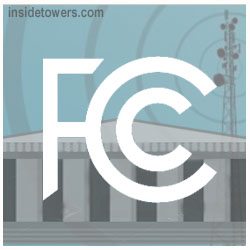

Source: COG & Fairfax County, VA
Emergency managers in the Washington, D.C. metropolitan area are preparing to test the Wireless Emergency Alert System (WEA) next week. A total of 20 jurisdictions — in Maryland, the District of Columbia and Virginia — will simultaneously issue a test message to the public through the WEA system on April 5. It’s the first live WEA test in such a large region and the first to use geo-targeting capabilities. The outcome of this test could lead to similar tests in other regions of the country.
A smaller, more limited WEA test was conducted in the District on Inauguration Day, on the National Mall. But this new test, initiated by the Metropolitan Washington Council of Governments, is much larger, according to Sulayman Brown, who’s coordinating the months-long planning effort. Brown is the Assistant Coordinator of Operations and Outreach Division in the Office of Emergency Management of Fairfax County, VA. He told Inside Towers, “We have a significant population in the National Capital region and we have a large amount of visitors. We thought this would be a good opportunity to test the system,” and learn from that. Officials hope to validate the effectiveness of WEA in notifying the public in the event of an emergency and also raise the public’s awareness of WEA.
Indeed, officials believe more than five million people in the region could potentially receive the test message, including residents and visitors. Some people who may be traveling between jurisdictions during the test may receive multiple messages on their cell phone or other mobile device. Continue Reading










